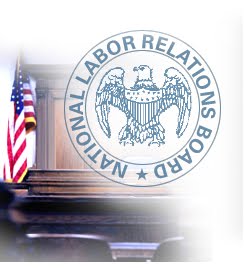You can access the state-by-state charge data here. And view it all in a single downloadable spreadsheet here.
In the Commonwealth of Pennsylvania, individuals filed 4,302 charges of discrimination in FY2011, which amounts to 4.3% of the total number of US charges filed. As with Americans across the country, retaliation was the most popular box checked (37.2% of all charges) in Pennsylvania. However, disability was number two in PA (31.1%) versus a national average of 25.8%, which pales compared to race and sex, nationally. Rounding out the top five in PA were: (3) sex (30%); (4) race (27.3%); and (5) age (27.3%).
Across the river in New Jersey, which has two-thirds the population of PA, residents filed less than half the number of charges (1,841) with the EEOC in FY2011 as were filed in PA. The reason? I suspect it is because individuals who have claims under the New Jersey Law Against Discrimination, which is very similar to the federal discrimination laws, do not need to file a claim with the New Jersey Division on Civil Rights, the state’s administrative agency, before going to court. The top five boxes checked on NJ EEOC charges were: (1) retaliation (35.1%), (2) race (33.9%); (3) disability (25.8%); (4) sex (24.8%); and (5) age (23.3%).

 The Employer Handbook Blog
The Employer Handbook Blog








 As evidenced by the nature of this blog post and the picture on the right, it’s best not to leave me in the office alone, unsupervised, with an iPhone, and App Store credits, as I punch this out at 10:52 at night on a Thursday. (And yet, somehow,
As evidenced by the nature of this blog post and the picture on the right, it’s best not to leave me in the office alone, unsupervised, with an iPhone, and App Store credits, as I punch this out at 10:52 at night on a Thursday. (And yet, somehow, 